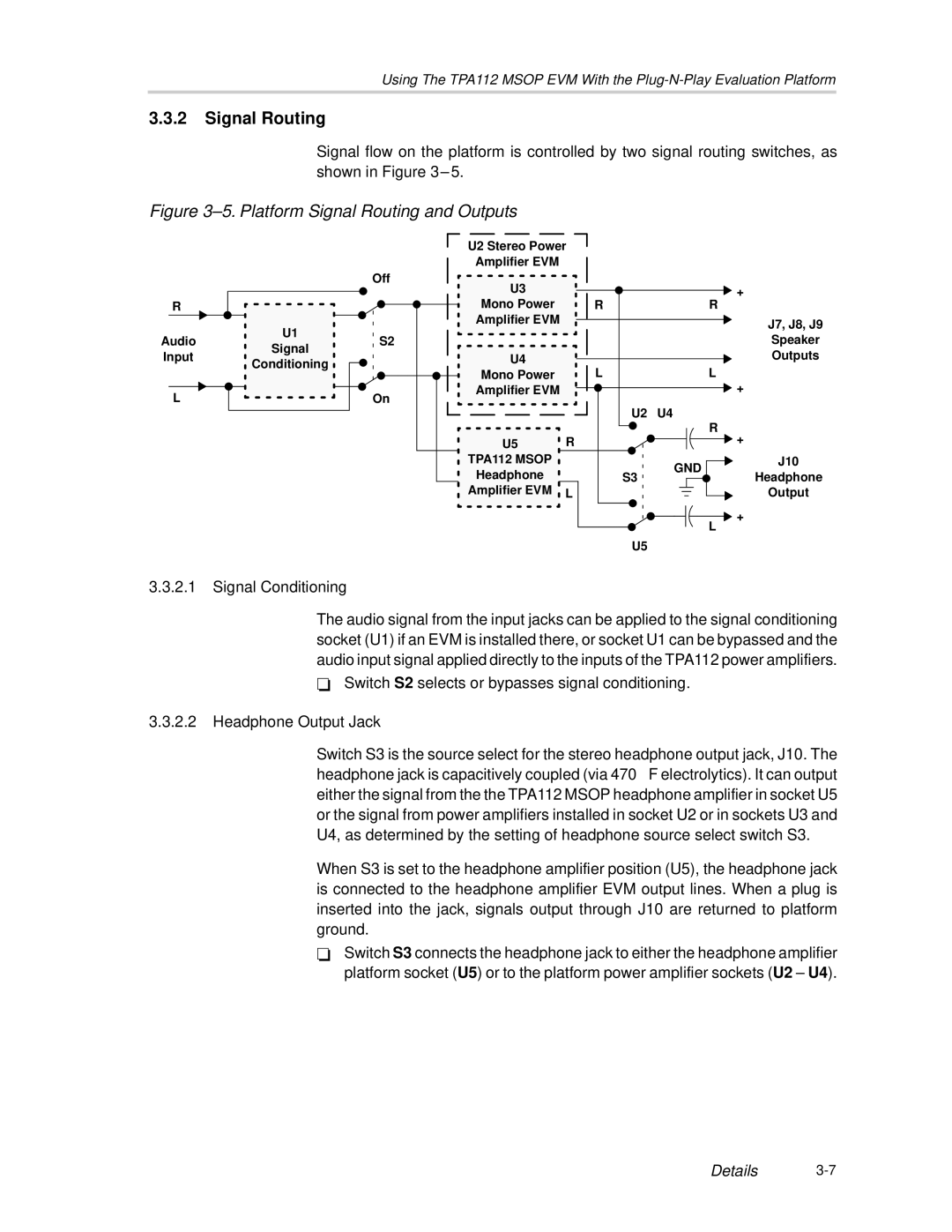SLOU023A specifications
Texas Instruments SLOU023A is a technical document outlining the features and specifications of the LMH6629, a high-speed, low-noise operational amplifier designed for various analog applications. This op amp is particularly well-suited for precision signal processing, making it a popular choice in industries such as telecommunications, industrial automation, and medical electronics.One of the main features of the LMH6629 is its high bandwidth. With a gain bandwidth product of 1.5 GHz, it supports a wide range of frequencies, enabling it to process fast-changing signals without significant distortion. This characteristic is critical in applications that require accurate signal amplification and processing, such as RF and video signal conditioning.
In addition to its high bandwidth, the LMH6629 boasts a low noise figure. The device is designed to minimize noise contribution, ensuring high fidelity in signal processing applications. This low noise performance makes it an excellent choice for use in audio processing, medical instruments where signal fidelity is crucial, and sensor applications where precise measurements are required.
Another notable technology utilized in the LMH6629 is its ability to operate at low supply voltages while maintaining high performance. This feature enhances the amplifier's versatility in battery-powered applications, where power efficiency is key. The op amp can operate with supply voltages as low as ±2.5V, making it suitable for modern low-voltage designs.
Furthermore, the LMH6629 provides excellent power supply rejection and common-mode rejection, which are essential for maintaining signal integrity in noisy environments. These characteristics help reduce the impact of power supply variations and external interferences, ensuring reliable operation in diverse application settings.
The package options for the LMH6629 also contribute to its usability. It comes in various forms including surface-mount packages, allowing for easy integration onto PCBs while optimizing space in compact designs.
In summary, Texas Instruments SLOU023A details the impressive features of the LMH6629 operational amplifier, highlighting its high bandwidth, low noise performance, power efficiency, and versatility in various industrial applications. This amplifier stands out as a reliable component for engineers seeking high-performance solutions in analog signal processing.

